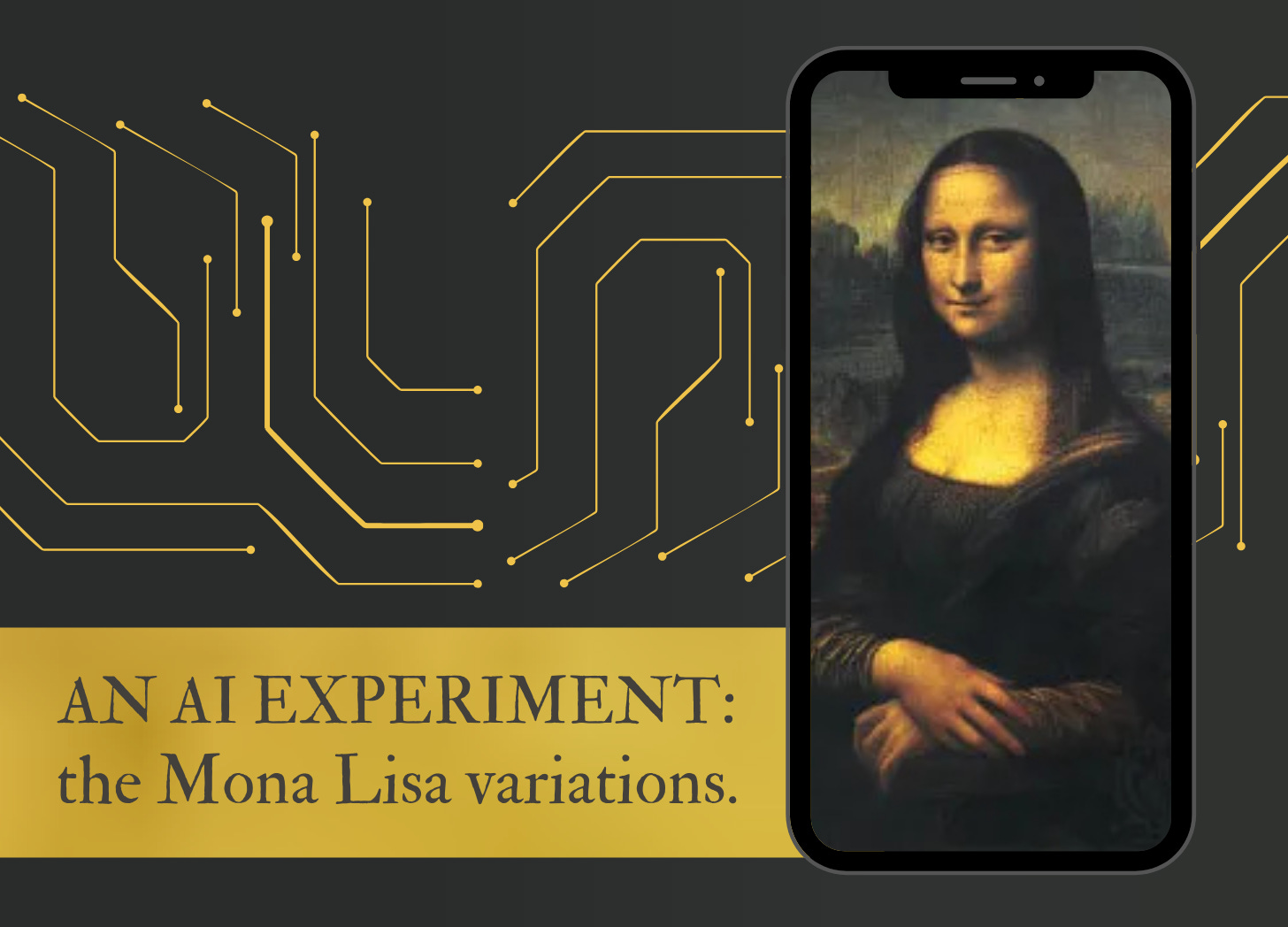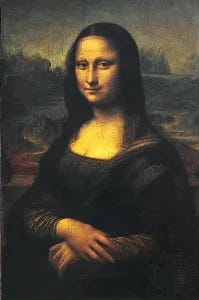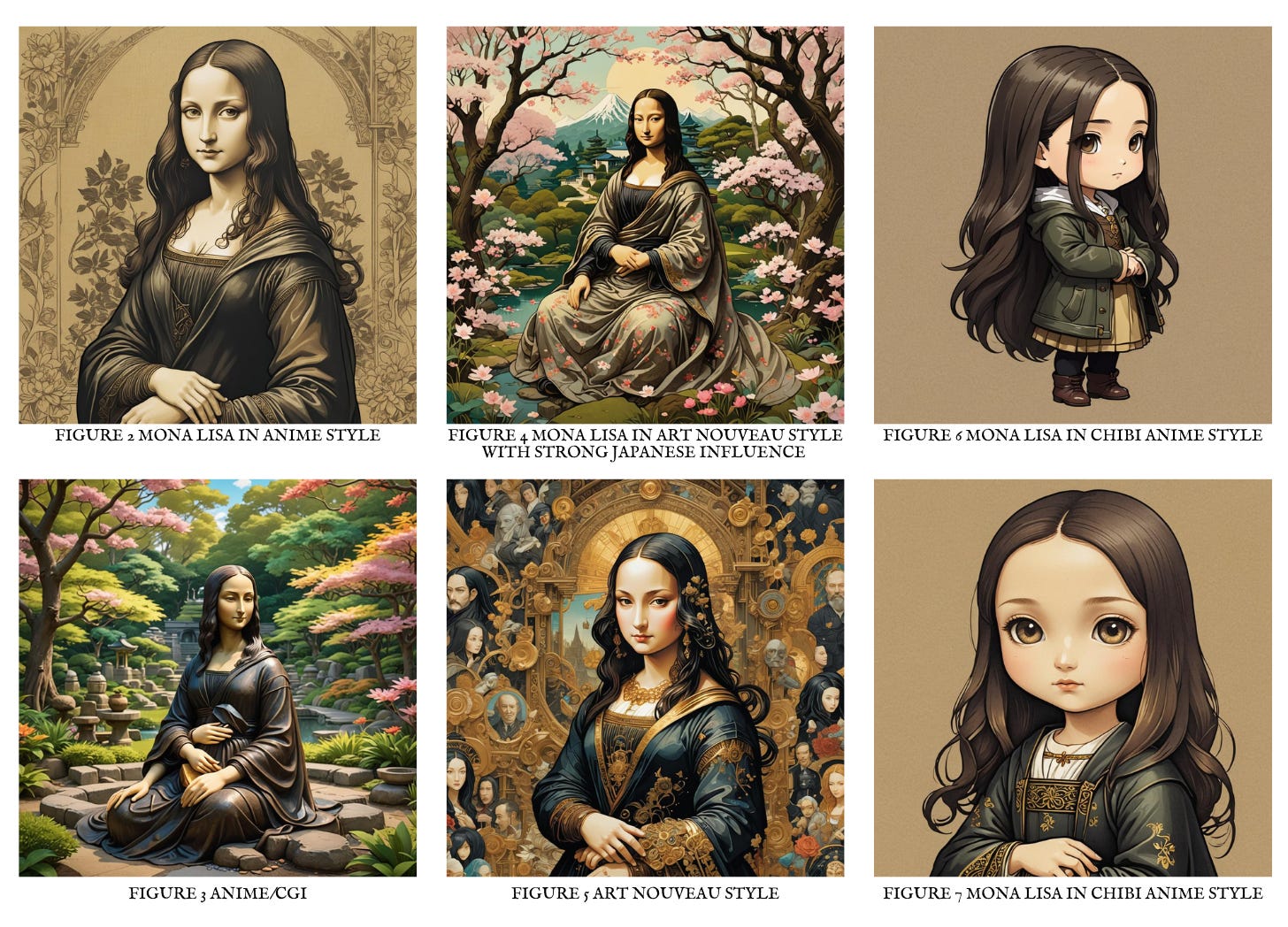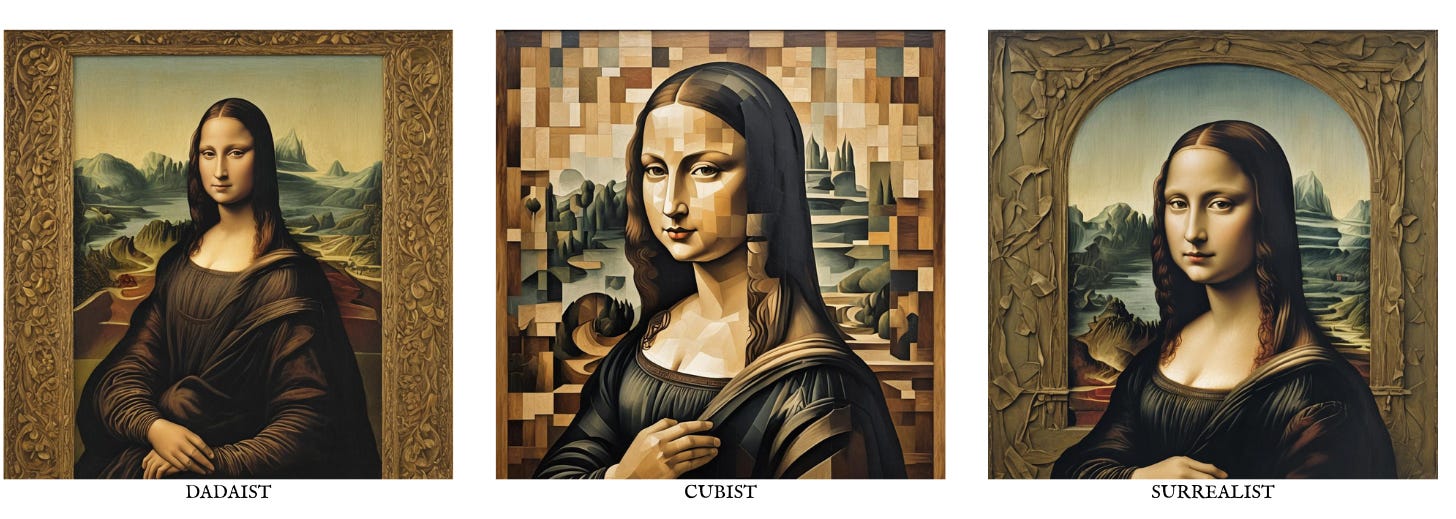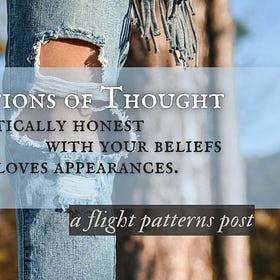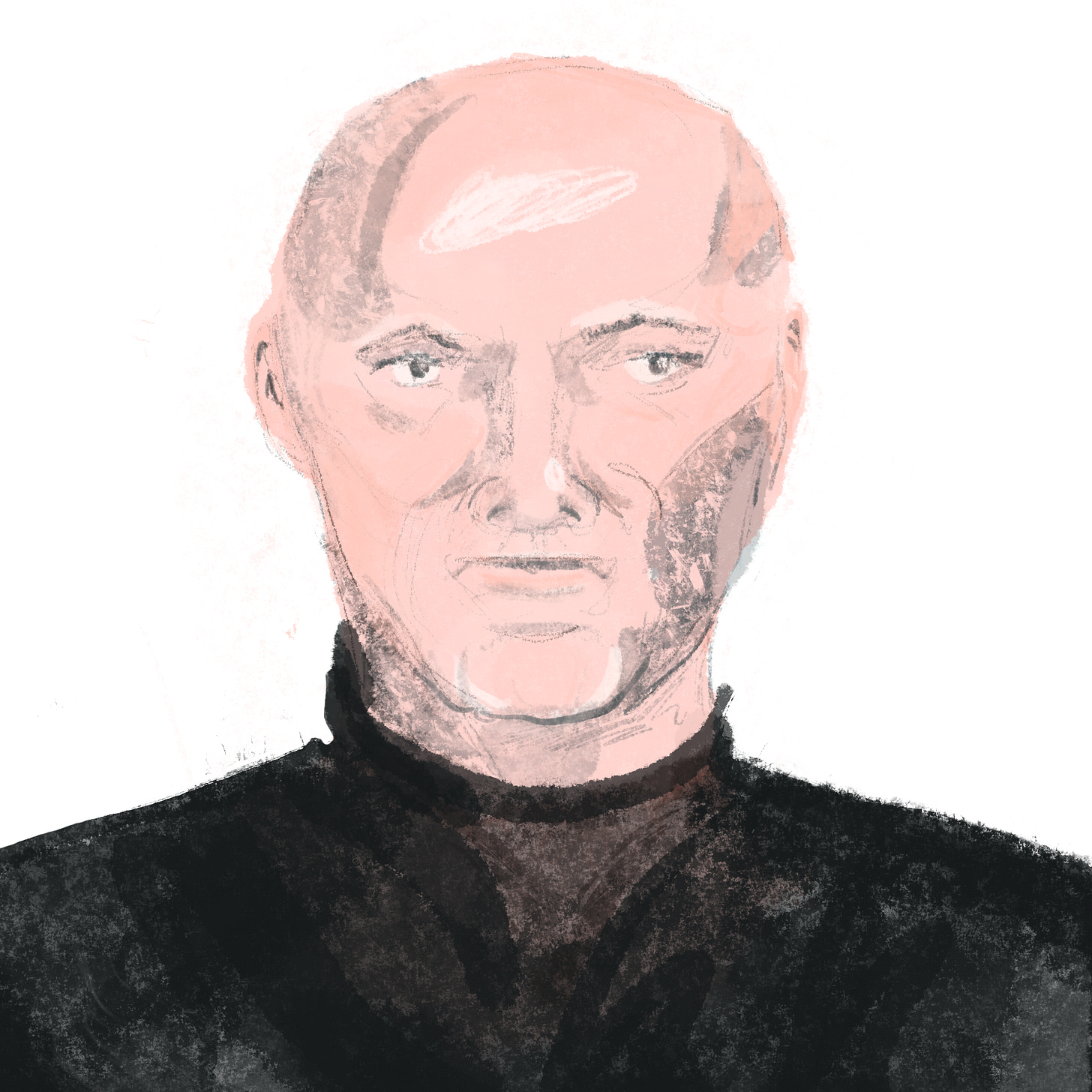An AI Experiment: the Mona Lisa variations.
Dr. Stark is a living legend at my college, where he teaches classes on C.S. Lewis, College Writing, the History of Philosophy, and Worldview. He is well known for his love of vitamin water, alien conspiracies, and going down rabbit holes in class. He is responsible for getting me hooked on the concepts of AI and transhumanism. Today’s post is actually a Stark assignment with very few parameters beyond “demonstrate you’ve been paying attention in class.”
In my creative project, I wanted to make commentary about AI generated images.
I began by asking Night Cafe’s AI generator to generate the Mona Lisa in various art styles. I selected the Mona Lisa because it is considered a masterpiece, is widely recognizable, and took 16 years to paint. AI on the other hand, is controversial, transhuman, and takes seconds to render an image. (Note that I don’t make a habit of using AI to do class work. I feel justified using AI in this assignment because I’m not using it to do the assignment for me.)
I started with Japanese styles due the influence Asian styles are having on the Western world.
(Figure 1) The original for reference:
In these images, it’s interesting how the AI generator combined features from art forms. Renaissance ideals of beauty like the high forehead, narrow eyebrows, and small mouth combine with modern beauty standards like big eyes and small noses. Other than some odd looking hands (a hallmark of AI generated images) and a bizarre portrait gallery in Figure 5, the biggest mistake the image generator made was giving Mona Lisa long brown hair and neglecting her veil. Due to the darkening of the painting, the veil is hard to distinguish, but most of what appears to be hair is actually a veil.
One of the most interesting experiments I conducted with the AI generator was asking for a cubist, dadaist, and surrealist version of the Mona Lisa. The generator demonstrated an ignorance of the philosophies behind the styles or at least an lack of training material to produce an example. In a note of irony, dadaist, cubist, and surrealist prompts gave the closest result to the original. These art forms tended to be nonsensical and mechanical, breaking things down into abstracts. Many AI prompts result in nonsensical, mechanical results, so the similarities of these images to the original deviates from the intention of these art styles.
Though I had completed the requirement for the class, my curiosity remained piqued. I turned to another art figure, infamous and beloved, that I was studying in a different class. Van Gogh is known for his self portraits, starry night, and his love of sunflowers.
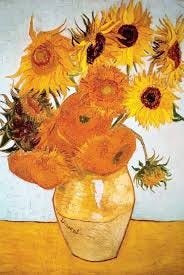
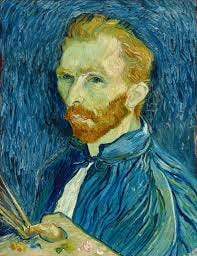
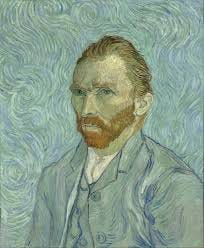
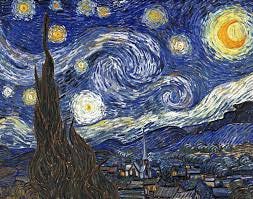
AI clumsily captured this in the images I prompted.
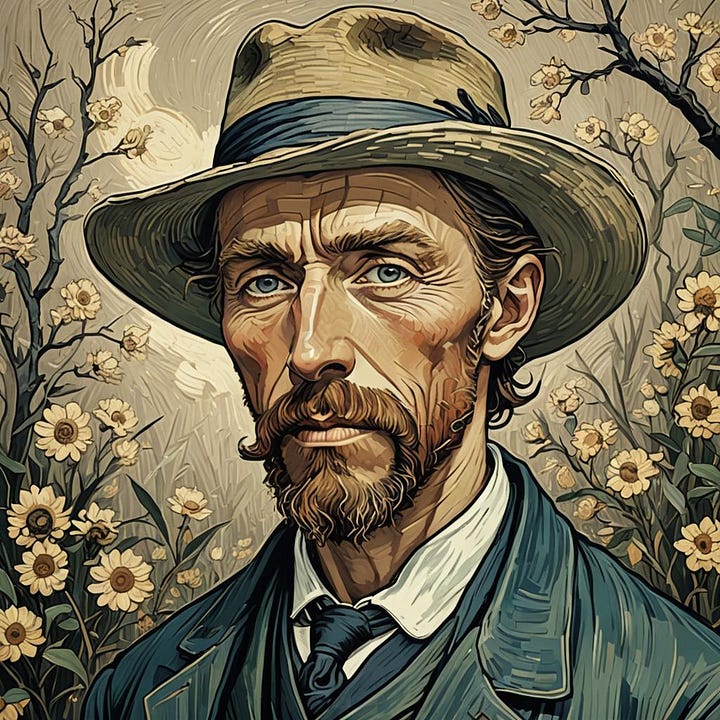
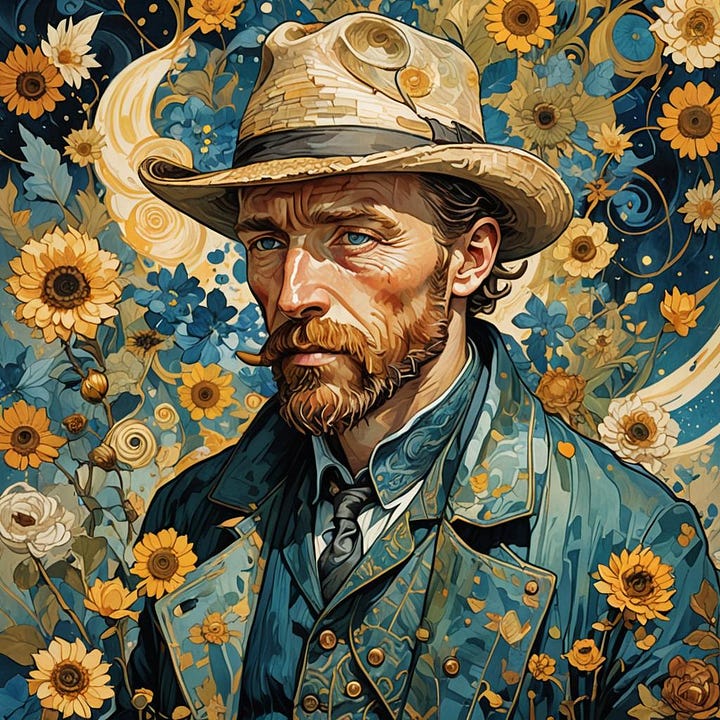
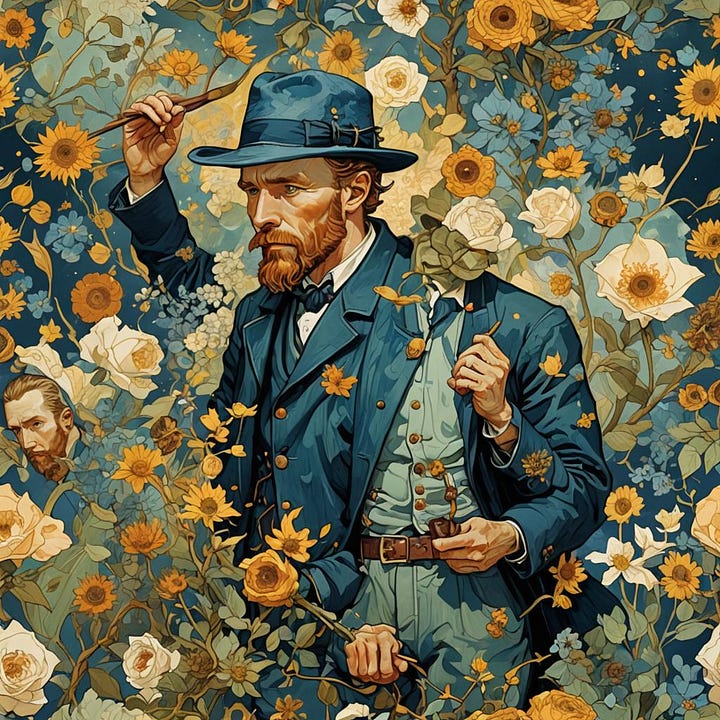

When comparing AI to the works of old masters, it’s easy to see why AI has become so popular. After all, some of the generated images are really cool. Yet, without the original artwork, there wouldn’t be images for the AI to scrape. And while Da Vinci and Van Gogh are long dead, artists today struggle when AI is replacing their work with shoddily generated farces like Mr. Four Handed Van Gogh, above.
Further reading:
The Foundations of Thought
Today’s post involves Marie Antoinette, Avatar, and doubting everything you know. (It was originally about studios and creative spaces, but you’ll have to wait a bit for that one.) **NOTE: this post is long and covers a variety of topics. I promise I tie it all together at the end.
The danger beyond artificial intelligence: thinking about Marx, woodcuts, and making choices.
AI is the new big deal, with opinions flying left and right, and computer-y science-y talk about algorithms and language models and Turing tests and the singularity and will AI take my job? etc.
and in closing, a drawing of the aforementioned Dr. Stark (not AI generated.)



